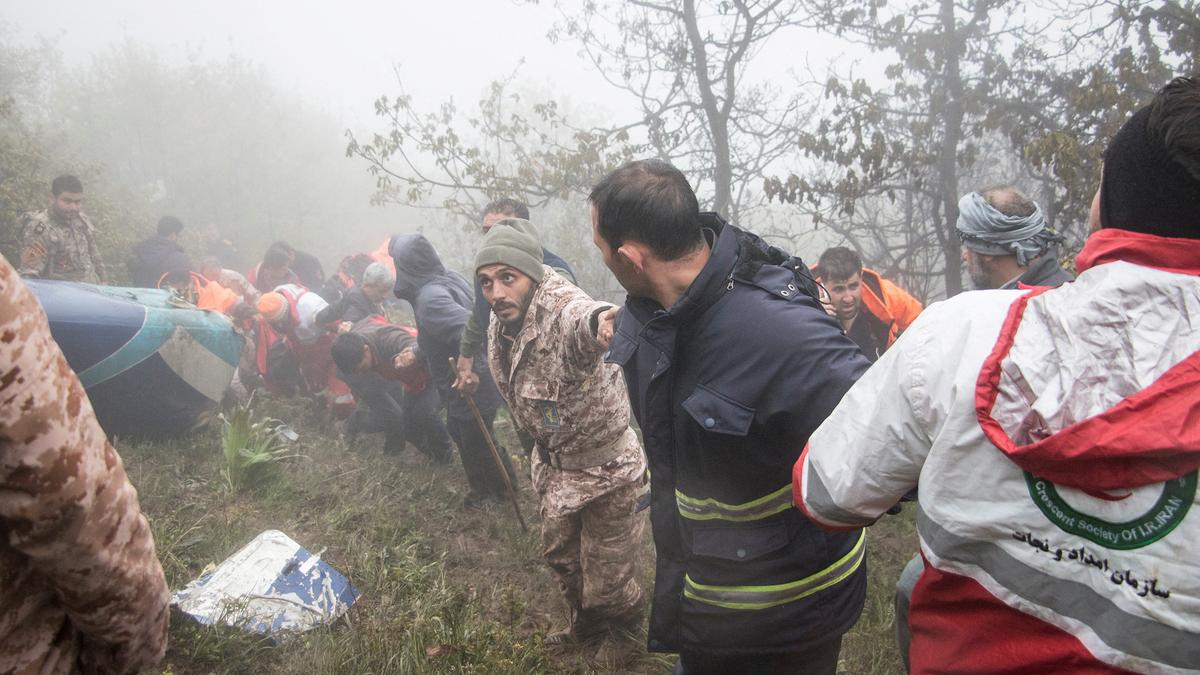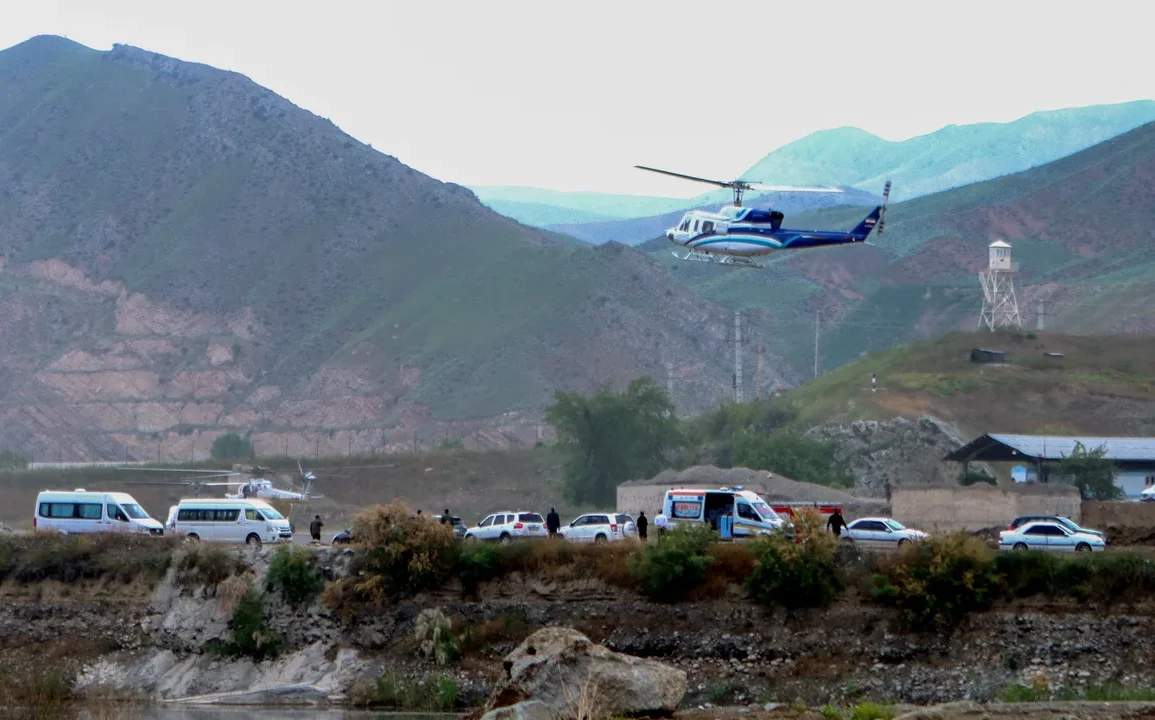The helicopter crash in May that resulted in the death of Iran’s president was primarily caused by adverse weather conditions, including dense fog, according to a final investigation report cited by Iranian state media.
President Ebrahim Raisi, a hard-line religious cleric and protégé of Iran’s supreme leader, Ayatollah Ali Khamenei, was killed in the crash, a tragedy that shook the nation during a time of heightened tension. Iran was grappling with a volatile conflict with Israel, significant economic challenges, and complex diplomatic negotiations over its nuclear program.
In June, the state news agency IRNA had reported that “technical failure” was a contributing factor to the crash. However, on Sunday, it revealed that the final investigation conducted by Iran’s armed forces concluded that “the accident was primarily caused by weather conditions, including thick fog.”
The investigation determined that “all major repairs and replacements of critical parts” for the helicopter were “carried out in accordance with standard regulations,” and that an examination of the debris revealed “no defects” that could have led to the crash. The report also found “no signs of sabotage or tampering.”
On the day of the crash, President Raisi, along with the influential foreign minister Hossein Amir Abdollahian and other officials, had been returning from an event in Azerbaijan in a convoy of three helicopters.
Shortly after takeoff, around 1 p.m., the helicopters encountered heavy fog in a mountainous and valley-filled region near Iran’s northern border.

As the lead helicopter emerged from the fog, the occupants realized they had lost contact with the president’s helicopter, which was not responding to radio calls, according to Mehrdad Bazrpash, the transportation minister, who later spoke on state television.
The disappearance of the president’s helicopter triggered a frantic and challenging search operation through rain, fog, and dense forests. When the wreckage was eventually found, there were no survivors.
The helicopter had exploded upon impact, the Iranian Armed Forces stated, adding that preliminary investigations found no signs of foul play or bullet damage on the aircraft. Some officials questioned whether proper security protocols had been followed and why the president had traveled by helicopter in such poor weather conditions.
In addition to President Raisi and Foreign Minister Abdollahian, the helicopter was carrying Ayatollah Mohammad-Ali Al-Hashem, an imam in the northern city of Tabriz; Malek Rahmati, the governor of East Azerbaijan Province; and General Seyed Mehdi Mousavi of the Ansar unit of the Revolutionary Guards Corps, Iran’s equivalent of the Secret Service, who was in charge of the president’s security.
While some Iranians mourned the loss of Raisi, others viewed his death as the end of a figure they saw as central to a corrupt regime. Raisi was known for overseeing the execution of dissidents, using violence to suppress and kill protesters, and arresting journalists and activists.
The death of the 63-year-old Raisi led to a special election, which was won by a reformist candidate who advocated for moderate domestic policies and improved relations with the West.

